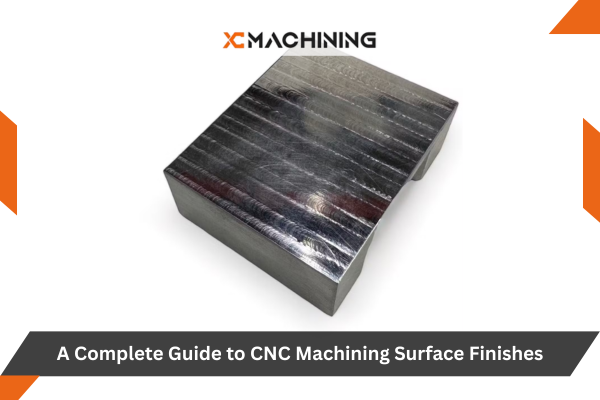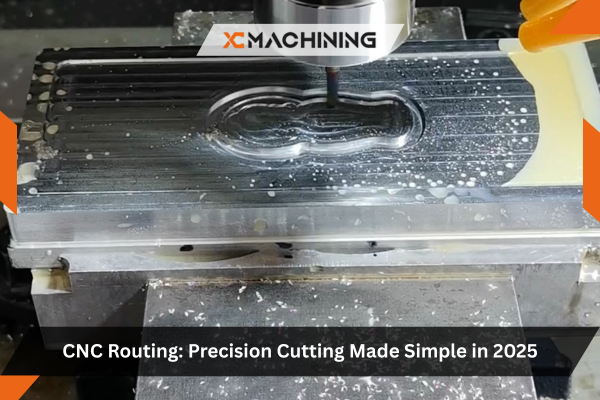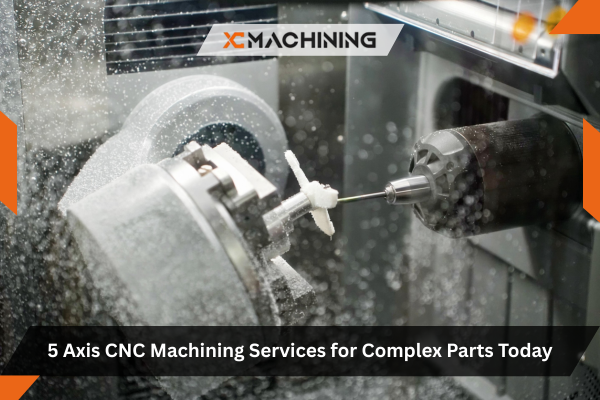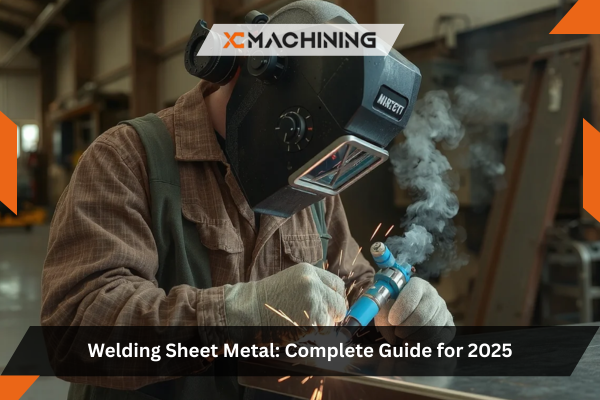In precision manufacturing, CNC machining surface finishes play a vital role in both the functionality and aesthetics of a part. No matter if you’re fabricating a prototype or initial product, the finish you select for the surface impacts how long it will last, how it works and its market appeal.
The types of surface finishes seen in CNC machining, their positives, their uses, and the impact they have on the outcome are all covered in this guide. If you’re creating a product, understanding how surface finishing can help you decide what to do next.
Table of Contents
What Are CNC Machining Surface Finishes?
CNC machining surface finishes refer to the post-processing techniques used to improve the surface quality of machined parts. They help a component look better, withstand corrosion, slide smoothly, and suffer less wear.
To measure surface finish, designers often use Ra (roughness average), which suggests the common difference from the basic surface. In industries like aerospace, automotive, medical, and electronics, a specific surface texture CNC requirement is often critical for part performance.
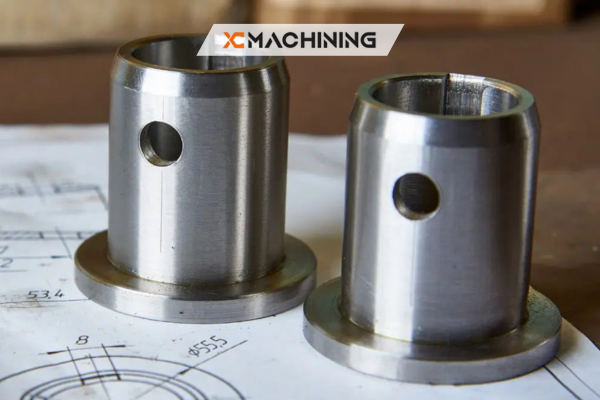
Why Do Surface Finishes Play a Role in CNC Machining
What material a surface is made from, how it is used, and the needed tolerance all influence the kind of finish applied. In some cases, an implant does well with very smooth surfaces, but an industrial tool is designed with textures that help it grip.
There are many good reasons to use surface finishing:
- Improved ability to resist both corrosion and wear
- Better-looking and branded outcomes
- An easier operation and less wear and tear
- Increased sticking of the coating to the substrate
A 2023 market report by Grand View Research finds that the global metal finishing market is likely to grow to USD 112.15 billion by 2030, mainly because of interest from sectors like aerospace, medical and automotive.
Types of CNC Machining Surface Finishes
Here is a list of the common CNC machining finishes. Every element in design meets different purposes and adds to the visual presentation.
1. As-Machined Finish
This version hasn’t been edited after shooting. Parts are produced by the machine with tool marks revealed and a roughness of Ra 3.2 μm. When you need internal parts or prototypes and appearance doesn’t count, it is what you need.
2. Polishing CNC Parts
Polishing CNC parts improves surface smoothness by reducing roughness to as low as Ra 0.2 μm. Many consumer electronics, medical devices, and optical parts get this finish because they benefit from shiny, reflective results. Benefits:
- It looks great to the eye.
- Low friction value
- Gets surfaces ready for the application of a plating or coating treatment
3. Anodizing Finishes
Anodizing finishes are especially popular for aluminum parts. The way the powder coating is applied thickens the surface oxide which protects the metal, offers color options, and increases toughness. Here are the main anodizing methods that include:
Type I: Thin chromic acid, intended for use in aerospace.
Type II: It is called sulfuric acid when referring to a common type of decorative finish.
Type III: This process is used in industries for active applications.
4. Bead Blasting CNC
Bead blasting CNC is a surface treatment where fine glass beads are blasted onto the surface to produce a uniform matte or satin texture. The result is an even finish without any changes to the structural measurements. Common applications include:
- Consumer Electronics housings.
- Automotive components
- Aircraft parts
Using anodizing alongside this finish will make the material look better and feel more pleasant to touch.
5. Powder Coating
Applying dry powder and heating it creates a secure, colored layer by a process called powder coating. Because this is thicker than anodizing, it holds up very well against impacts, so it’s perfect for items that get a lot of use.
6. Brushed Finish
A brushed effect is produced by rubbing the surface with belts covered in abrasives. That pattern is called grain, making knots great for surfaces that need frequent use or are used decoratively.
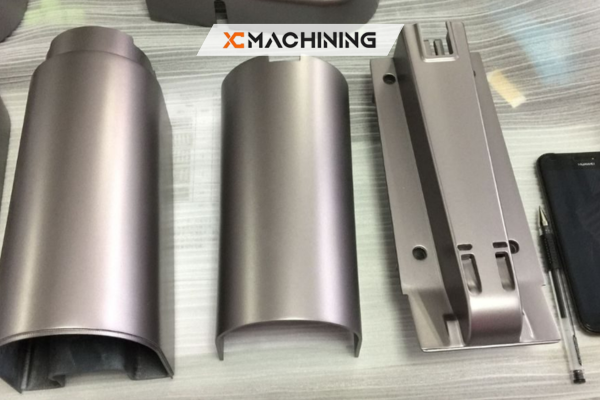
How to Pick the Ideal Surface Finish for Your CNC Work
Let’s look at some tips for making the right choice of finish.
Here’s how to choose the best finish:
| Finish Type | Best For | Surface Roughness (Ra) |
| As-Machined | Internal or functional parts | 3.2 μm |
| Polished | Optical, medical, cosmetic parts | 0.2–0.8 μm |
| Anodized | Aluminum parts, corrosion resistance | 1.6–3.2 μm |
| Bead Blasted | Uniform matte surface | 1.6–2.2 μm |
| Powder Coated | Industrial, consumer goods | Variable |
| Brushed | Decorative parts | 0.8–1.6 μm |
Balancing Cost and Functionality: What Choice Do You Have to Make
While CNC machining surface finishes enhance product appeal and performance, they also add to production time and cost. If you need reliable data, it’s worth spending on it. Combining both standard and attractive finishing materials can give you the best of both budget and result.
Optimize Performance with the Right CNC Surface Finish
Choosing the right CNC machining surface finishes is more than a cosmetic decision, it’s an engineering choice that impacts functionality, durability, and customer satisfaction. Whether you need polishing CNC parts, anodizing finishes, or bead blasting CNC for a premium touch, the correct finishing process ensures your parts meet both performance and aesthetic standards.
Whenever you begin a CNC-machined project, first talk to your manufacturer about which finish would fit your material, budget, and where the object will be used.
FAQs About CNC Machining Surface Finishes
1. What kind of surface finish is the smoothest CNC process can produce?
Very smooth results with Ra at 0.2 μm are possible with polishing, making it a preferred choice for medical and optical devices.
2. Can anodizing be applied to metals other than aluminum?
Other metals, besides aluminum, can also be anodized. While anodizing finishes are primarily for aluminum, it can also be used on titanium and magnesium with specific processes.
3. Is bead blasting different from sandblasting?
Bead blasting CNC uses spherical glass beads for a softer, uniform finish, while sandblasting is more abrasive and may alter dimensions.
4. Should surface roughness be important when thinking about mechanical parts?
Yes. A correct surface texture CNC can reduce wear, ensure proper sealing, and improve fit in moving assemblies.
5. Can a part be anodized several times?
Most parts are only anodized one time. You can re-anodize, but stripping the previous layer may have an influence on tolerances.

